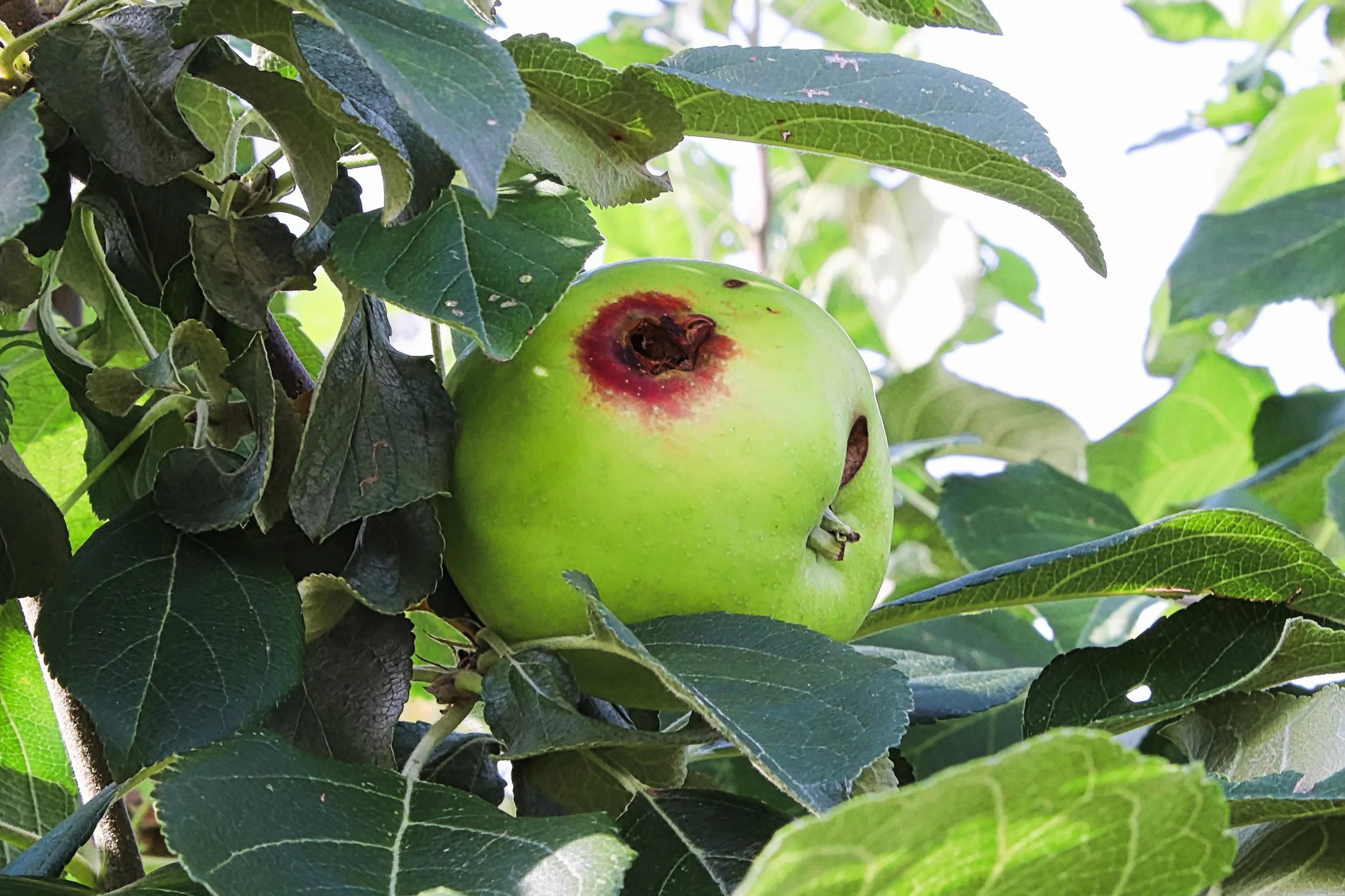
Pest and Desease Control - Fruit
The Pest and Disease Spray Chart for fruit is an essential tool for New Zealand gardeners, providing a clear, science-based schedule to protect fruit trees from common pests and diseases. It outlines the optimal timing for applying safe and effective sprays, helping to minimise damage while promoting healthy fruit production. By following the chart, gardeners can reduce the risk of infestations and infections, ensuring a productive and thriving orchard throughout the growing season. The chart is a practical guide for sustainable fruit growing.
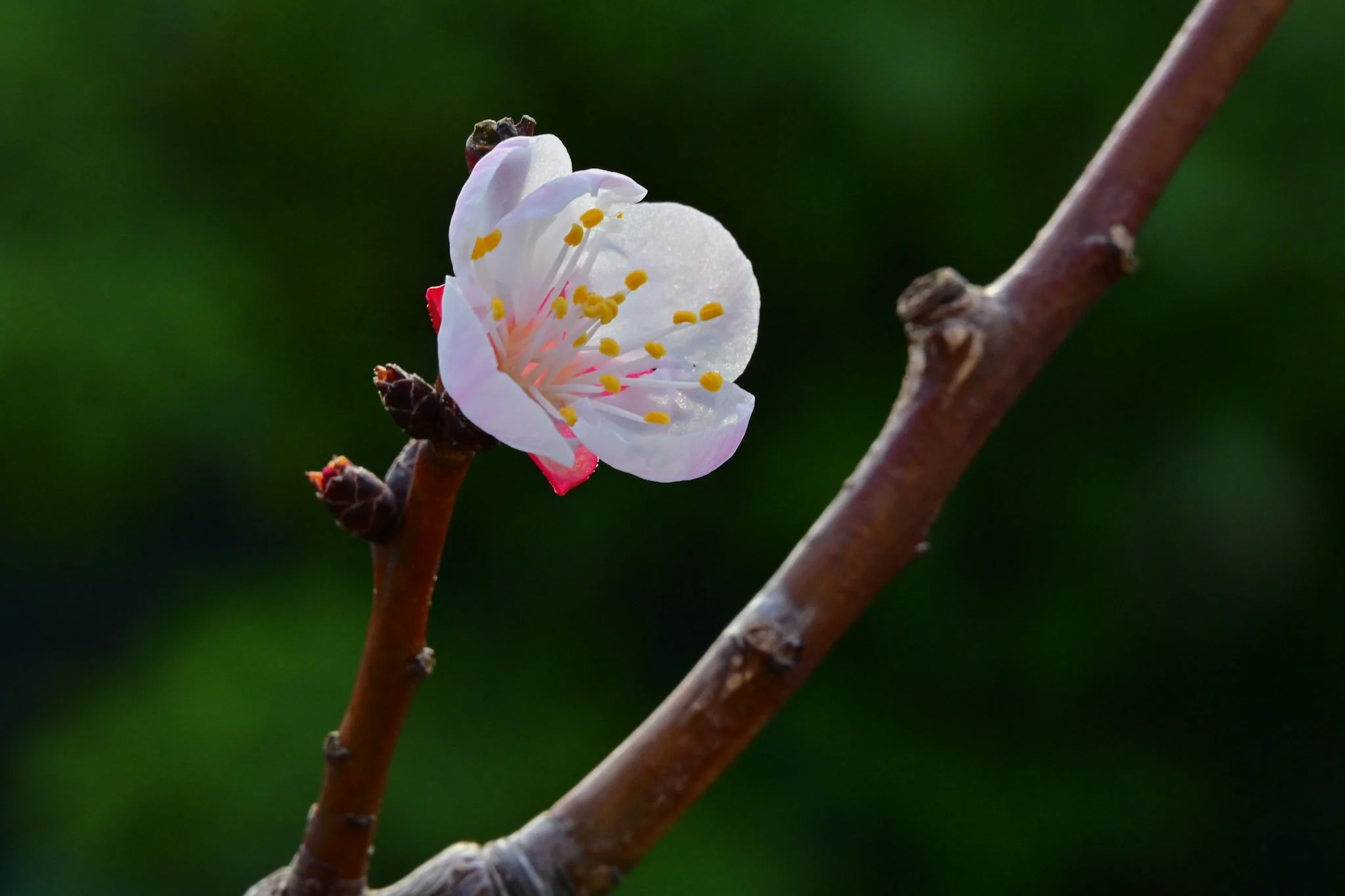
Fruit tree pollination and thinning
Most of the fruits we are familiar with today originated from a ‘wild’ species thousands of years ago. From the time man became agrarian, selection of better types and cross-breeding began. In the case of fruits, selection of better cultivars were made for more flesh, better taste, disease resistance, higher yields, greater spread of harvest, and ‘keeping’ quality.
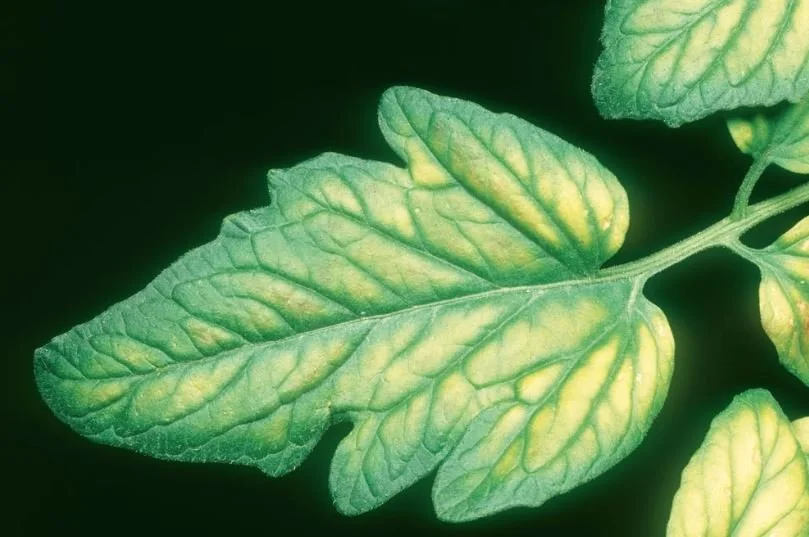
The many reasons for Yellow leaves
There are many causes of yellow leaves developing in plants. In most cases it is about considering all possibilities—going through these and one by one eliminating the most unlikely causes. You could well be left with 5 or 6 possibilities. Start by treating / correcting the most likely.
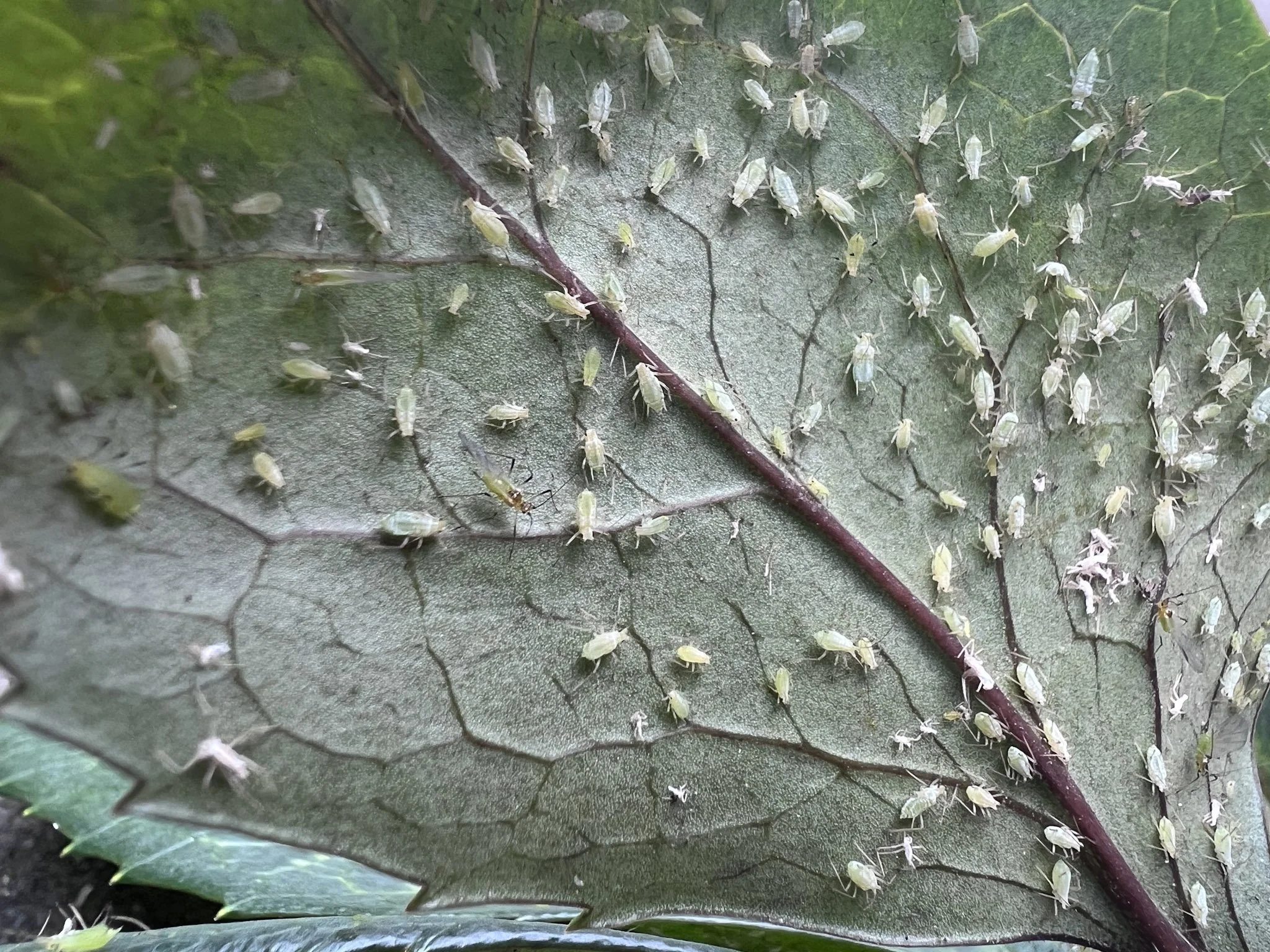
Insecticide Comparison Chart
Subscribing to Garden Advice ‘Pro’ can save you many times the cost.
Not only do we recommend the most cost-effective products, safe to the environment, but you will be surprised at the huge cost-variations between products. Just look at the chart below on garden insecticides.

Sub tropical fruit care
Sub tropical fruit include; Passionfruit, Cherimoya, Casimiroa, Loquat, Kiwifruit, Chilean guava, pomegranate

Stone fruit - Peaches and Nectarines

Pip Fruit -Nashi and Quinces
How to choose and care for Nashi Pears and Quinces at home.
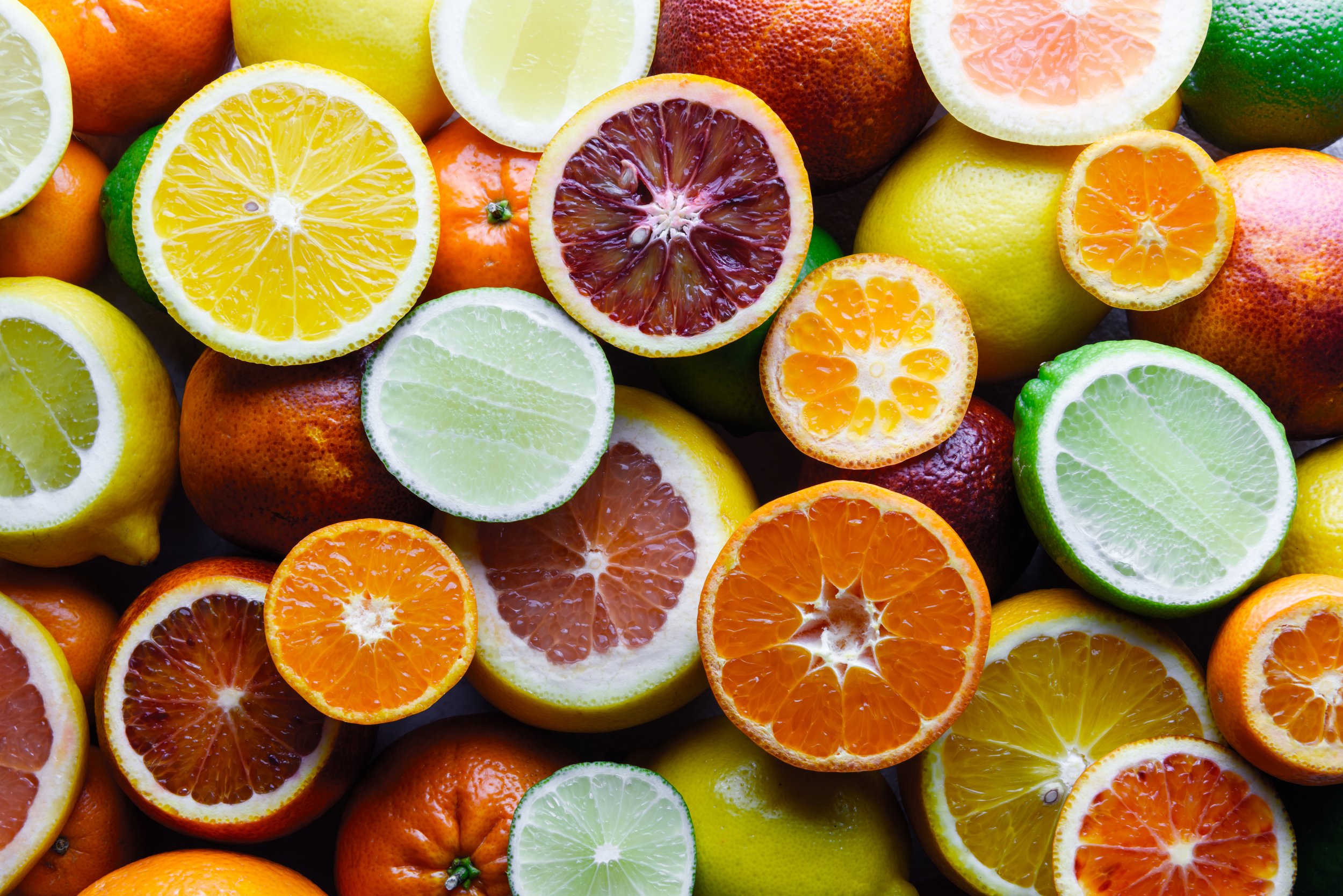
Citrus
Specific details for citrus growing in New Zealand.
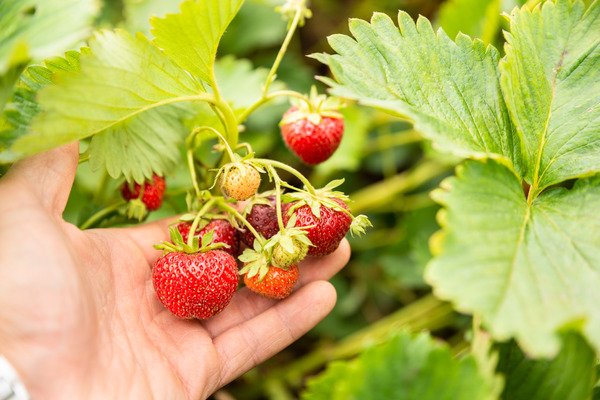
Growing Strawberries
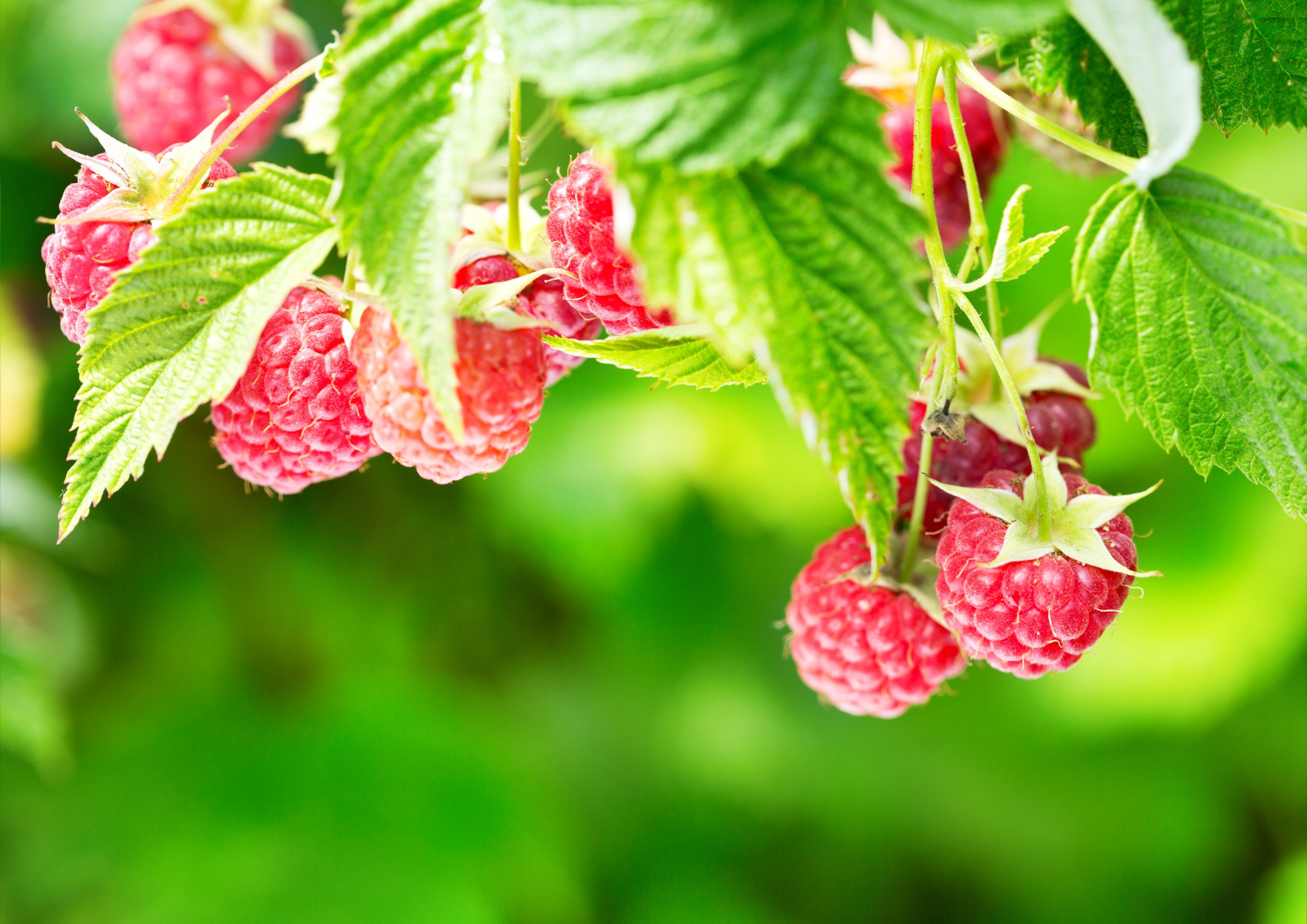
Raspberries
Raspberries and how to grow them successfully.

Blueberries
Blueberries and their care, pruning and pests and diseases.
Product information for insecticides that we recommend
An in-depth look at the insecticides we recommend that tick the boxes for low toxicity, eco friendly, cost effectiveness and legally approved.

Lawn Spraying
When applying herbicides, it is important to apply the correct amount of herbicide per sq m. This is more important than the dilution rate.

Fungicide comparison chart
Fungicide spray chart for vegetables, fruit, and ornamentals

Olives
Olives can be used as a hedge or as a stand-alone feature tree. They also look good in a container on a patio or deck to create a Mediterranean feel. Well known for their oil, rich in oleic acid and good for cardiovascular health – monounsaturated fat which is ‘good’ cholesterol.

Grapes
Fruit forms on current-season’s growth near the base of the new canes.
Prune in late winter on a dry day, cutting out all of last-year’s growth, leaving just 4–6 canes about a metre long. If growing over a pergola, leave a canopy of three to four leader canes about 70cm apart and remove all other growth, leaving just a couple of buds on the laterals off each leader.

Tamarillos
Tamarillos, native to the Andean region of Bolivia, are the most cold-averse of the sub-tropical fruits. They love heat. Whilst they tolerate lowish night temperatures for a period, they prefer a minimum day temperature of 15⁰C. They are sensitive to any frost.

Persimmons
Persimmons are an attractive small tree with large glossy leaves, stunning autumn foliage colours and delicious fruit that holds on the tree into winter.
